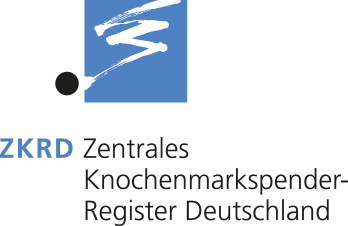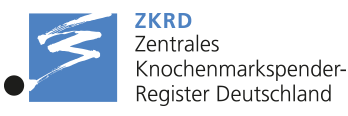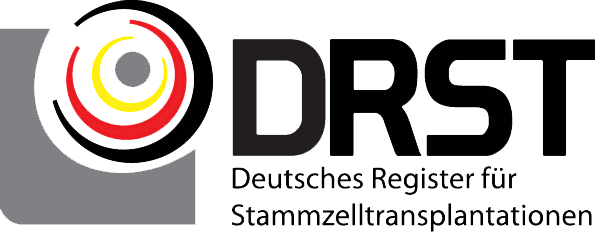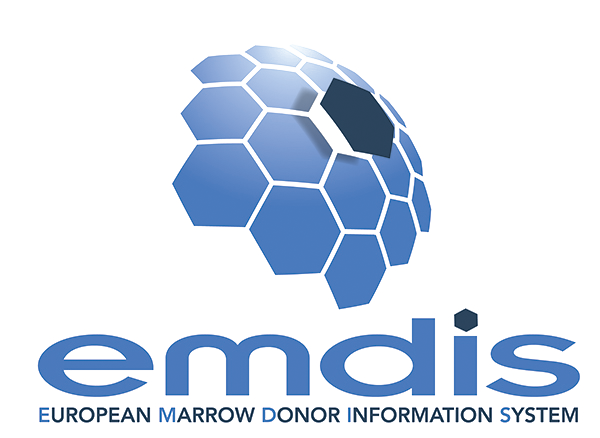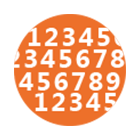Working with Partners
Finding a suitable unrelated donor for a stem cell transplant is a complex process involving many organizations. The ZKRD plays a central role and is the general point of contact for all parties involved in the process.
National partners
Certain standards must be upheld by every organization involved at national level. In particular, quality, safety and consistency across all procedures relating to stem cell donation must, in particular, be guaranteed. For this purpose, the “German standards for unrelated blood stem cell donation” were developed by the ZKRD, donor centers, search centers, cord blood banks and clinical units. These standards are aimed at protecting the interests of donors and patients and creating greater transparency for all the organizations involved both in Germany and abroad. Furthermore, they primarily serve to ensure the safety of donors and patients and thus represent a common foundation for all the institutions involved. Want to know more? Download the “German Standards” here.
Donor centers
The donor centers handle the recruitment, registration and typing of voluntary stem cell donors. They also forward search-related donor data to the ZKRD and perform further tests on donors on behalf of the ZKRD with a view to transplantation. They remain in contact with donors and support them on their journey before and after donation. By helping to recruit volunteers, the donor centers contribute to the expansion of the database which forms the basis for the the ZKRD’s activities. They thus play a pivotal role in the performance of the entire German stem cell donation system.
Search centers
The search centers are mostly affiliated with a university, blood bank, donor center or institute for transfusion medicine and work closely with the attending doctors and tissue-typing laboratories. The search centers submit their search request to the ZKRD and often decide jointly with the attending doctors on which of the potential donors is most suitable for the patient.
Clinical facilities
Clinical facilities work closely with search centers, immunogenetics laboratories, stem cell donor centers and the ZKRD. There are various clinical units which are responsible for different tasks:
- At special outpatient clinics (apheresis centers), peripheral blood stem cells are collected from donors.
- At special departments in some hospitals (receiving units), stem cells are extracted from the bone marrow of patients.
- At transplant centers, the patients receive the collected stem cells, i.e. undergo transplantation.
Deutsches Register für Stammzelltransplantationen (DRST)
The German Registry for Stem Cell Transplantation was founded as a registered association in 1998. It documents all stem cell transplants and cell therapies performed in Germany, thereby contributing towards quality assurance and supporting scientific projects. Its close collaboration with the ZKRD is characterized by their joint headquarters in Ulm.
International partners
Not every country has the same system for stem cell donation as in Germany. The ZKRD frequently liaises not only with stem cell donor registries in other countries, but also stem cell donor centers and other such facilities. The platform frequently used for this purpose is the EMDIS network.
European Marrow Donor Information System (EMDIS)
The European Marrow Donor Information System (EMDIS) was launched in 1992 through a joint initiative of the ZKRD and the registries in France (France Greffe de Moelle) and Great Britain (Anthony Nolan Trust) as an initial step towards interlinking the European registries. The aim was to provide up-to-date, easy access to international donor lists comparable to that offered by local databases. A further objective was to facilitate the handling of all other processes for requesting services and transmitting results electronically between the computerized systems. Today, EMDIS connects 32 registries worldwide. Roughly 90% of all internationally available donors can therefore be reached through EMDIS. More than two thirds of all search requests are carried out by registries affiliated with EMDIS.
World Marrow Donor Association (WMDA)
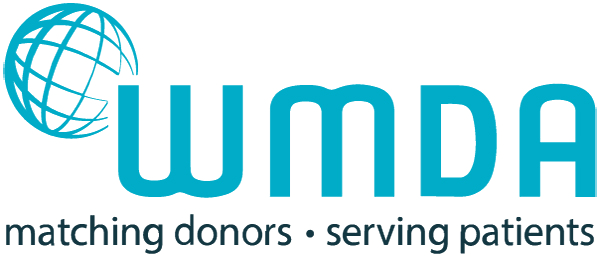 As the global umbrella organization, the World Marrow Donor Association (WMDA) promotes international cooperation in the donation and transplantation of stem cells. It also sets and monitors global standards and safety standards for stem cell donation. The ZKRD is also represented within the numerous working groups of the WMDA, which cover a variety of areas. The OptiMatch® software developed by the ZKRD, for example, lies at the heart of the WMDA Search & Match Services, helping all international registries to search the global database for suitable donors or cord blood products. Every registry belonging to EMDIS thus benefits from the efficiency and flexibility of the software application.
As the global umbrella organization, the World Marrow Donor Association (WMDA) promotes international cooperation in the donation and transplantation of stem cells. It also sets and monitors global standards and safety standards for stem cell donation. The ZKRD is also represented within the numerous working groups of the WMDA, which cover a variety of areas. The OptiMatch® software developed by the ZKRD, for example, lies at the heart of the WMDA Search & Match Services, helping all international registries to search the global database for suitable donors or cord blood products. Every registry belonging to EMDIS thus benefits from the efficiency and flexibility of the software application.
EBMT
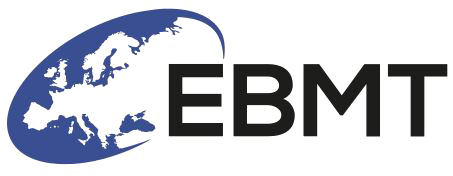 The European Society for Blood and Marrow Transplantation (EBMT) was founded in 1974 with the goal of intensifying the exchange of experience between doctors and scientists in the field of stem cell transplantation. The exchange of data supports the development and conduction of international scientific studies.
The European Society for Blood and Marrow Transplantation (EBMT) was founded in 1974 with the goal of intensifying the exchange of experience between doctors and scientists in the field of stem cell transplantation. The exchange of data supports the development and conduction of international scientific studies.
